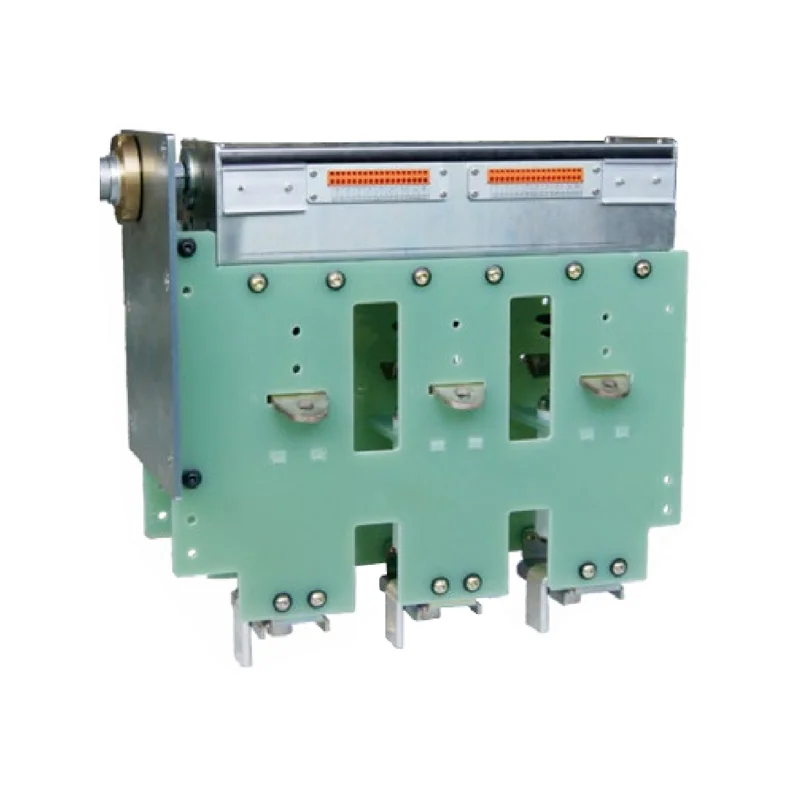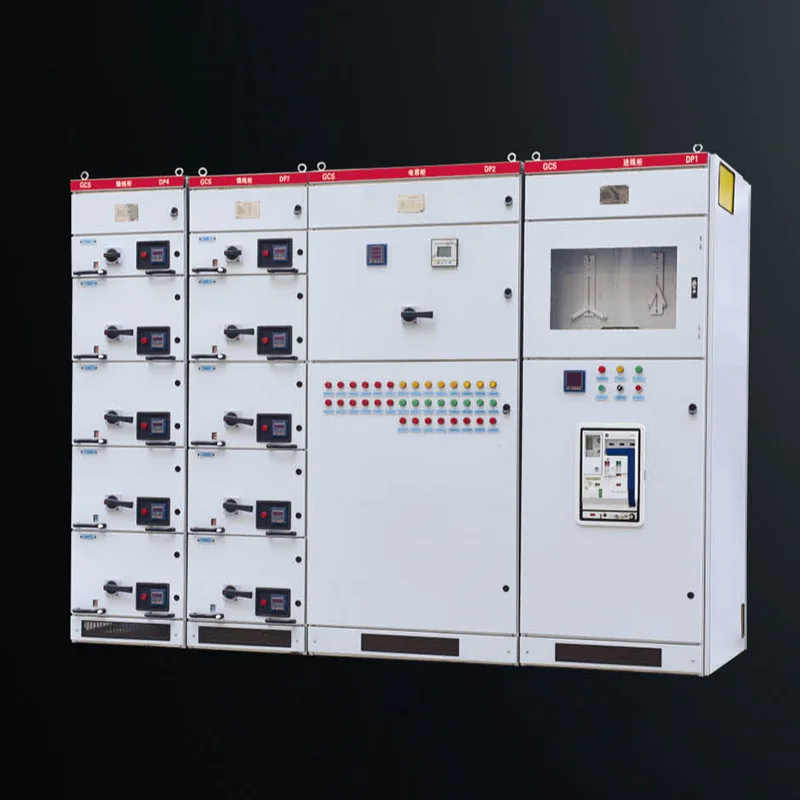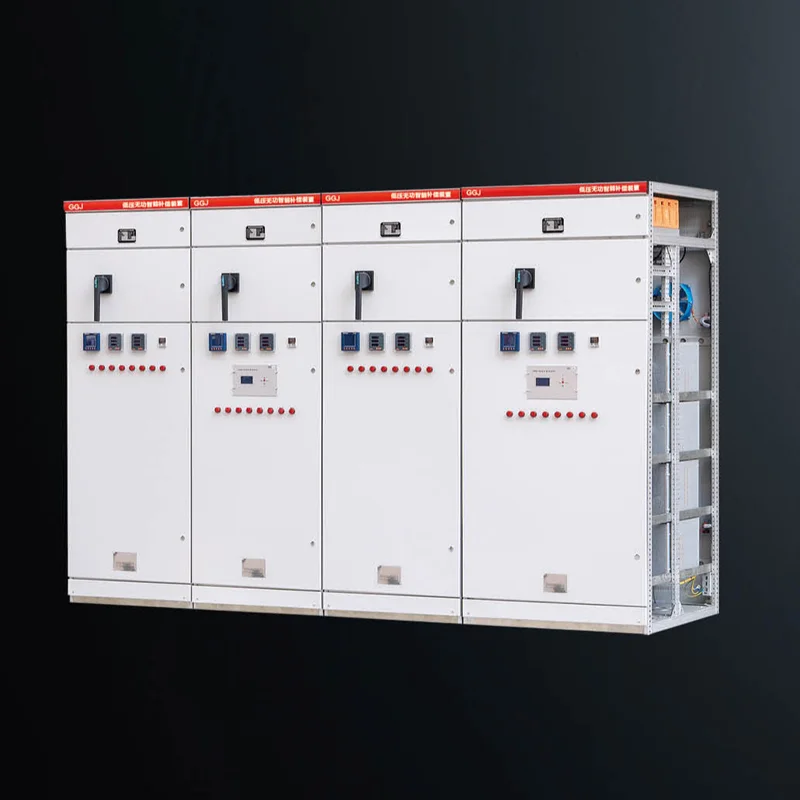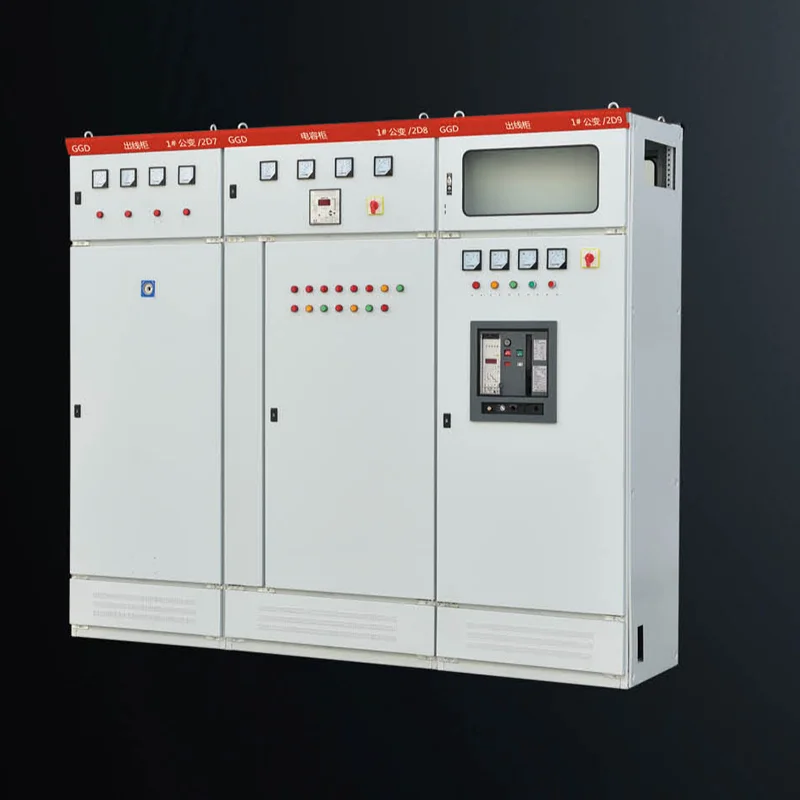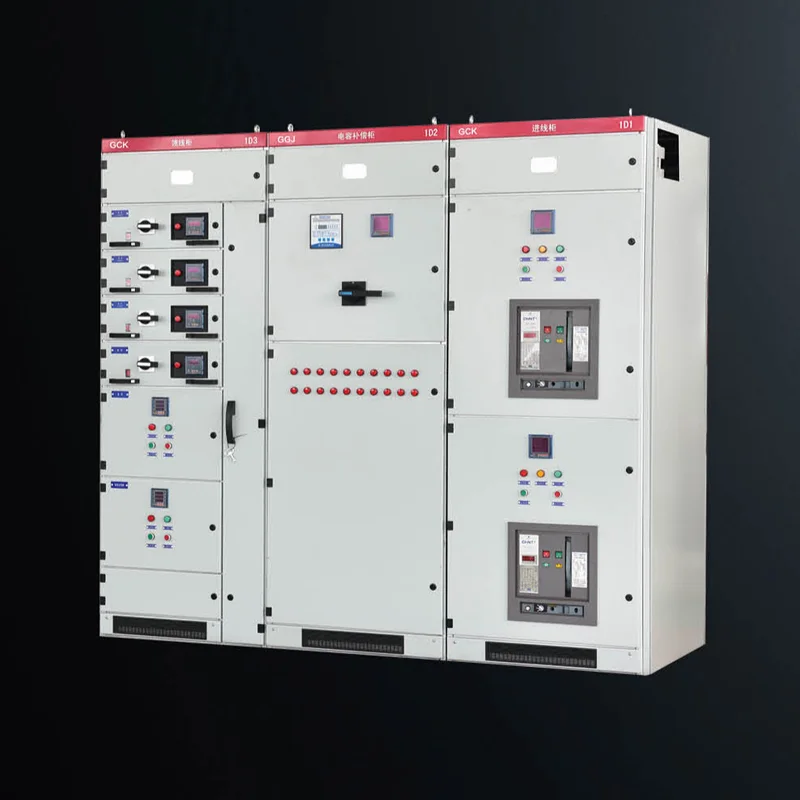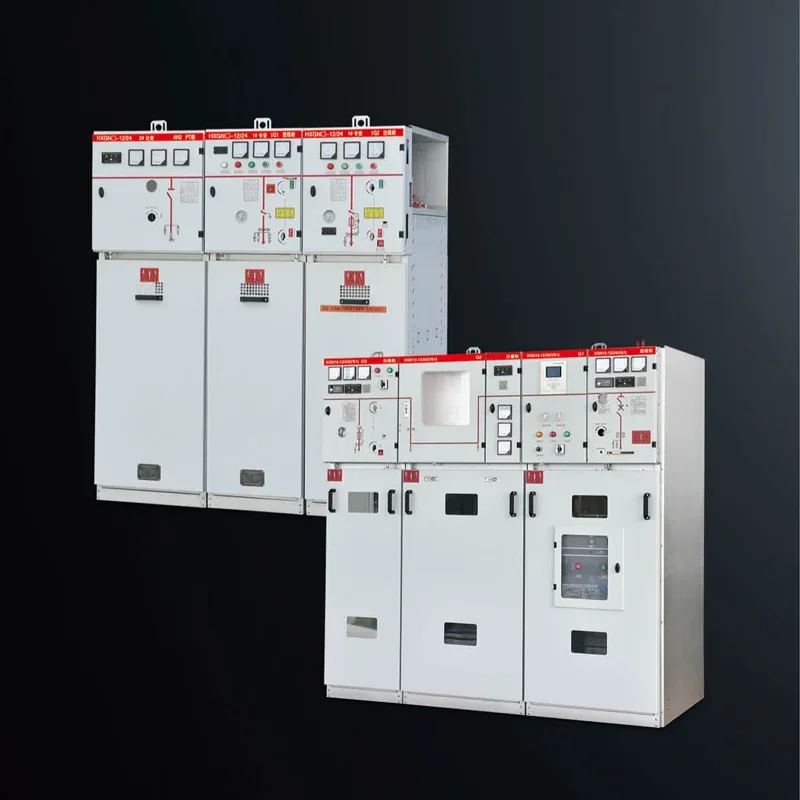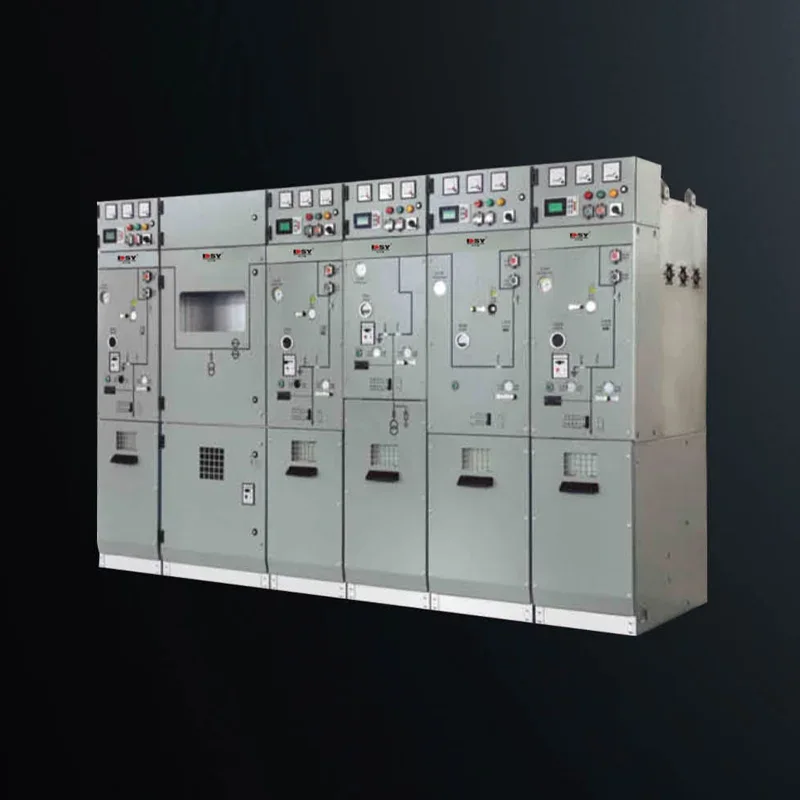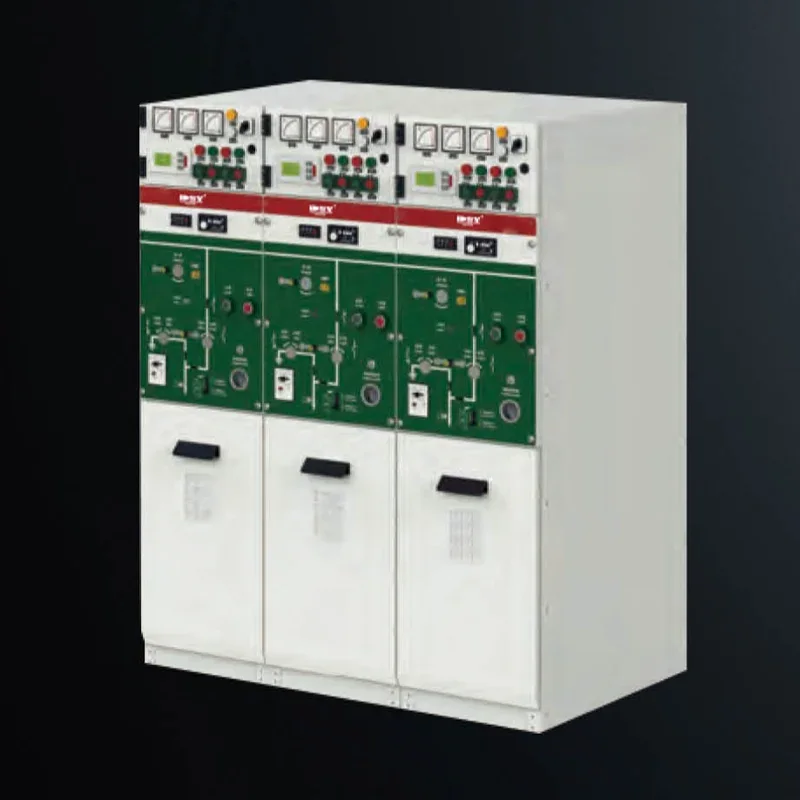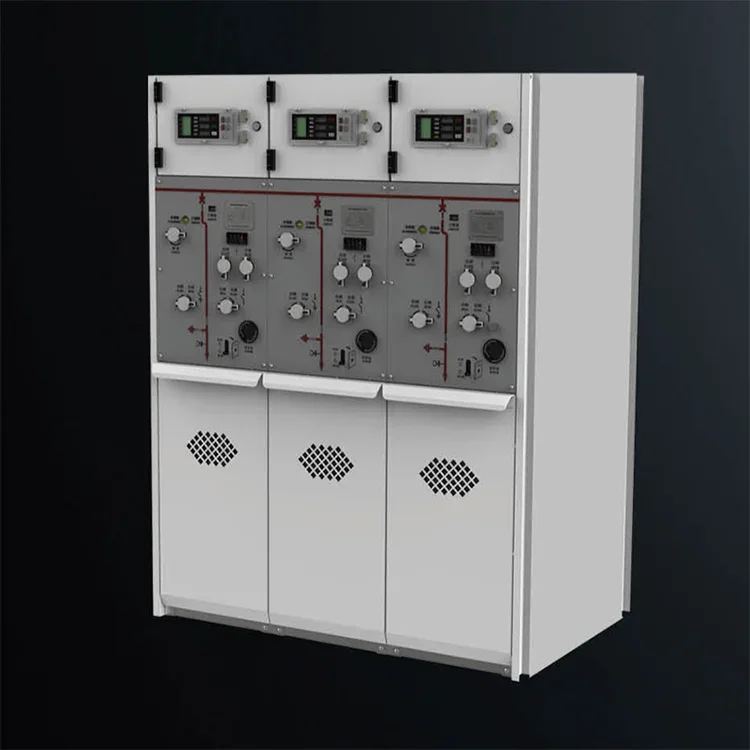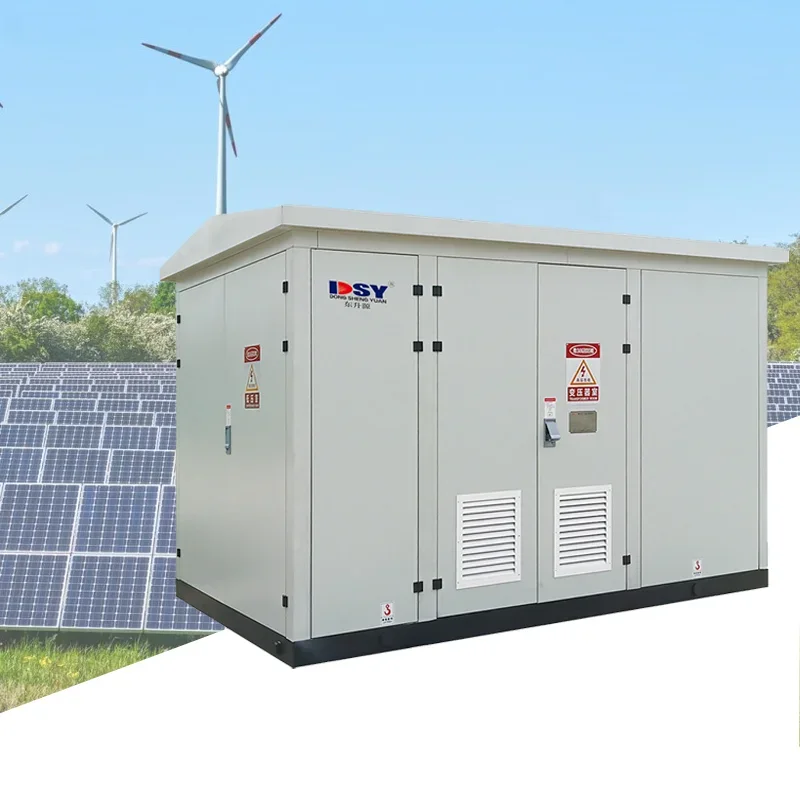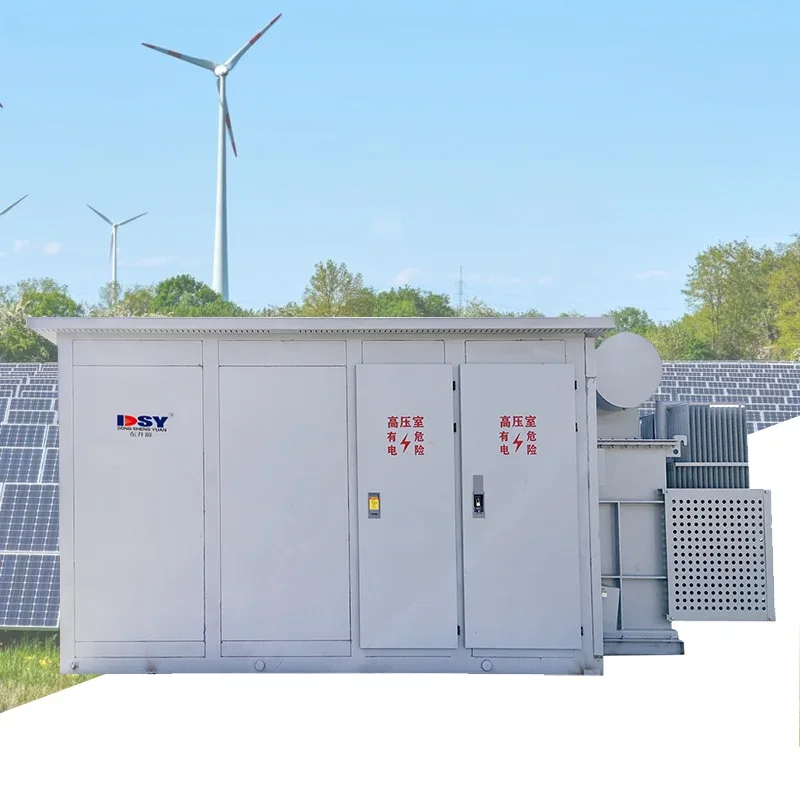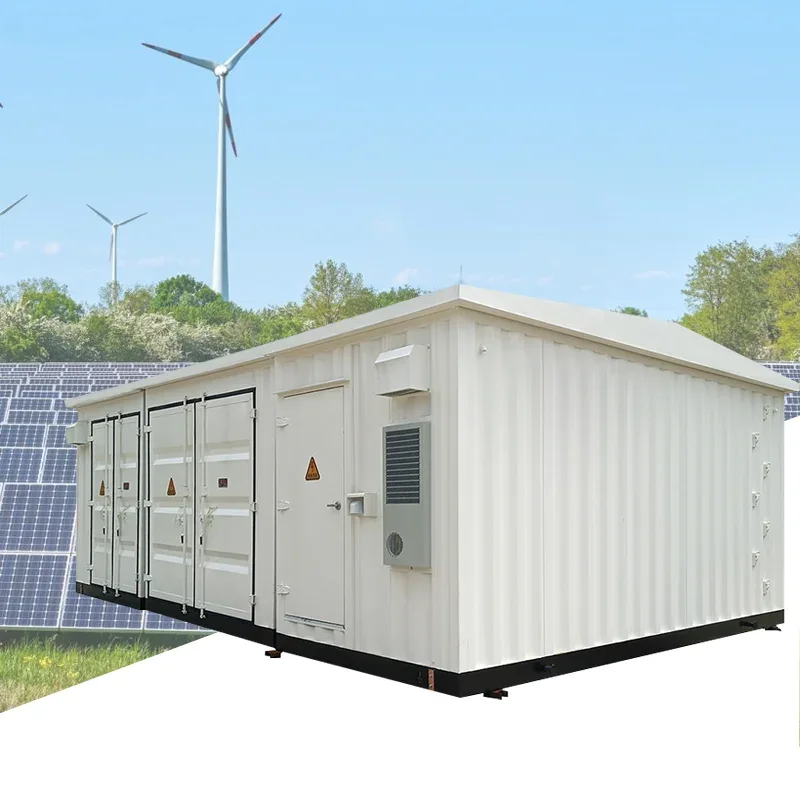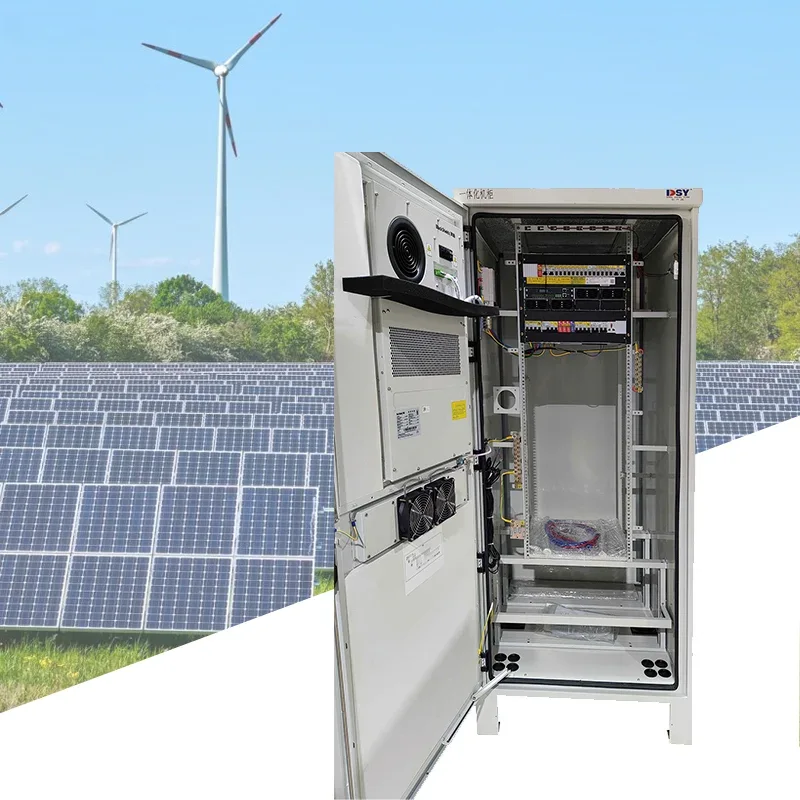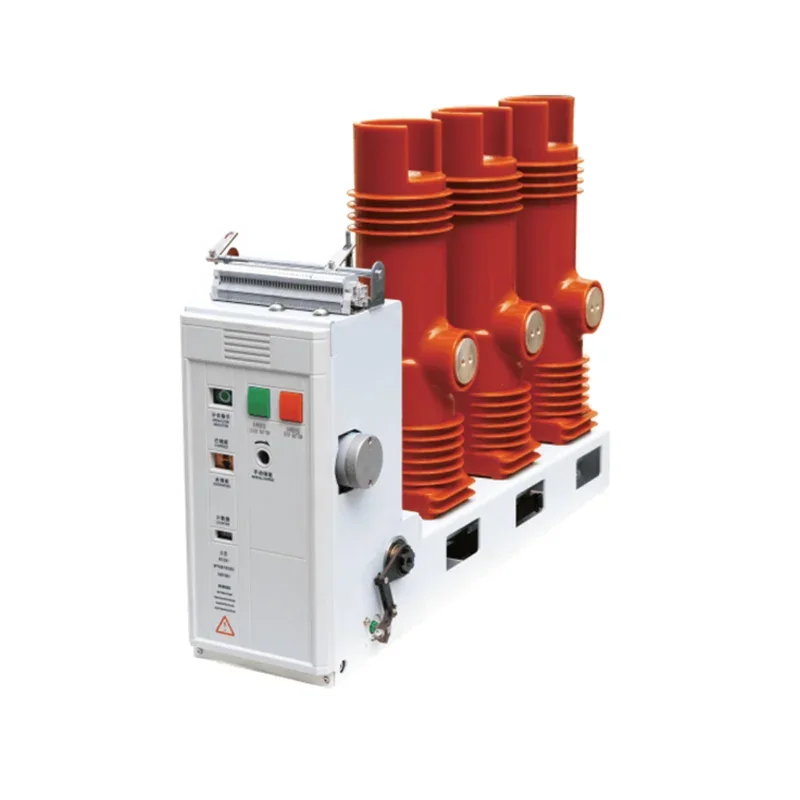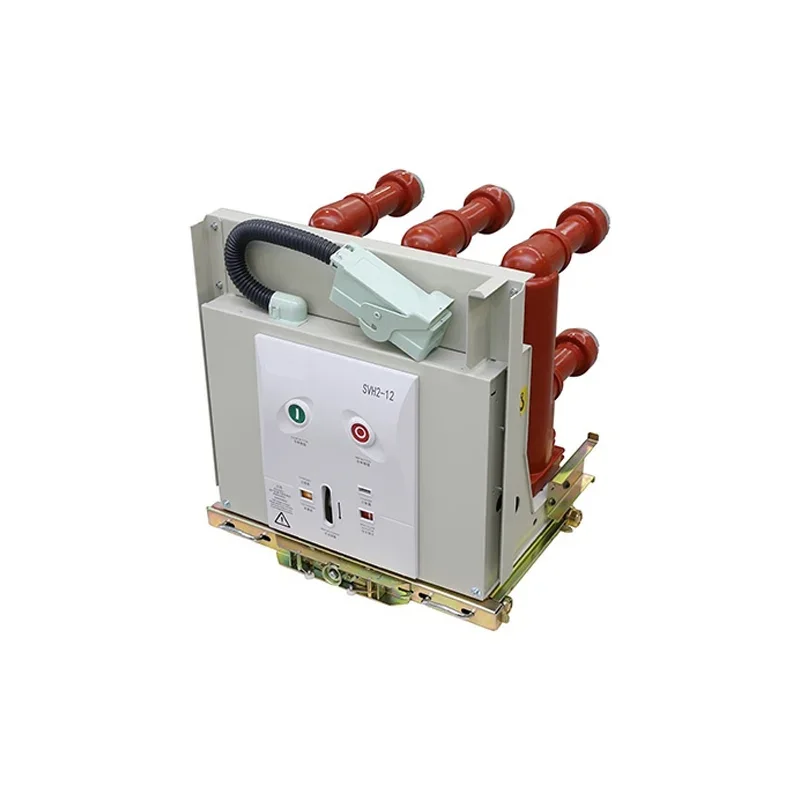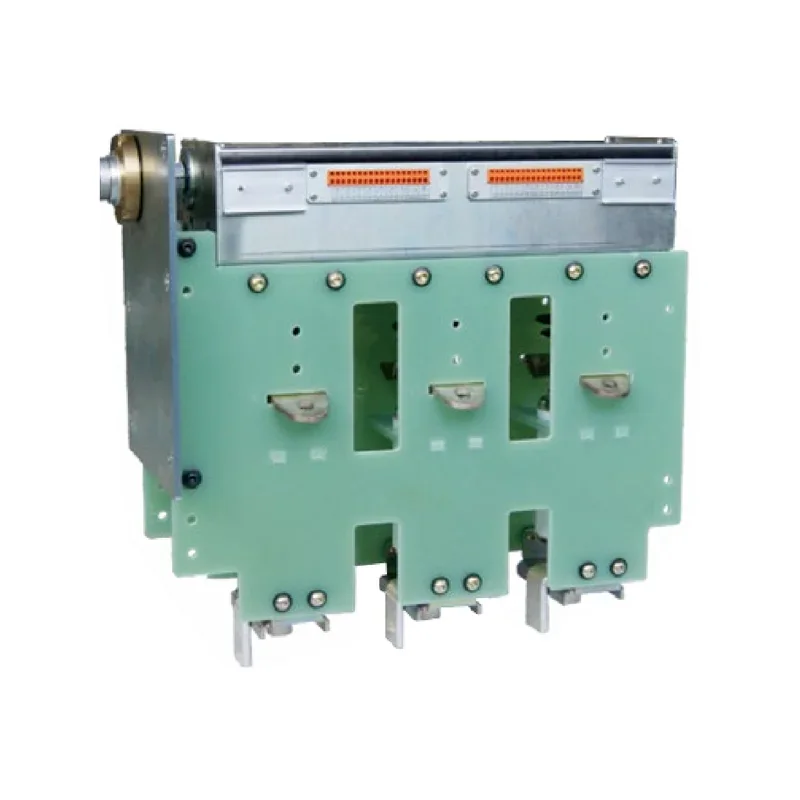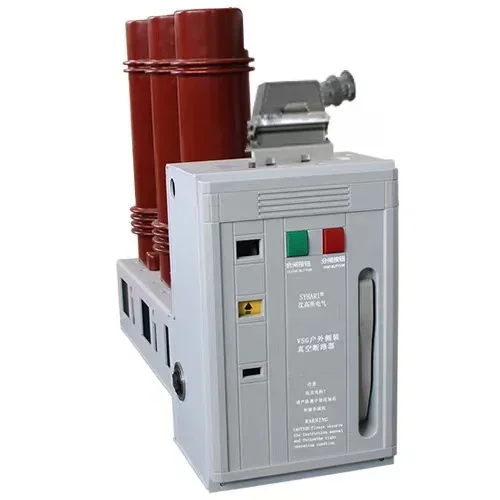Understanding High Voltage Switchgear: Essential Insights for Electrical Professionals
High voltage switchgear plays a fundamental role in the management and distribution of electrical power in various industrial and utility applications. These systems are designed to operate at voltages above 1 kV, ensuring reliable performance and safety in high-stakes environments. Understanding the intricacies of high voltage switchgear is essential for electrical engineers, technicians, and ind
Jul 20,2025
At its core, high voltage switchgear serves to control, protect, and isolate electrical equipment. The primary components include circuit breakers, disconnect switches, fuses, and busbars. Circuit breakers are crucial for interrupting current flow during fault conditions, thereby preventing equipment damage and maintaining system integrity. Disconnect switches allow for safe maintenance by isolating circuits, while fuses offer overcurrent protection.
High voltage switchgear is classified into several types, including air-insulated switchgear (AIS), gas-insulated switchgear (GIS), and hybrid systems. AIS is typically used in outdoor applications and is characterized by its simplicity and ease of maintenance. In contrast, GIS is more compact and suitable for urban environments where space is limited. Hybrid systems combine features of both AIS and GIS, providing flexibility and efficiency.
Another vital aspect of high voltage switchgear is its insulation medium. Traditionally, air and oil were the primary insulation methods, but advancements have led to the adoption of SF6 (sulfur hexafluoride) gas due to its superior insulating properties. However, the environmental concerns associated with SF6 have prompted research into alternative insulation technologies, which are becoming increasingly relevant in the industry.
Safety and compliance are paramount when working with high voltage switchgear. Professionals must adhere to strict regulations and standards to ensure the safe operation of electrical systems. Regular maintenance and testing of switchgear components are essential to identify potential issues before they escalate into serious problems.
Furthermore, the integration of digital technologies into high voltage switchgear is revolutionizing the industry. Smart switchgear equipped with sensors and communication capabilities allows for real-time monitoring, predictive maintenance, and enhanced operational efficiency. This shift toward digitalization not only improves the reliability of power systems but also contributes to the overall sustainability of electrical infrastructure.
In summary, high voltage switchgear is an indispensable component of modern electrical systems, providing control, protection, and reliability. A comprehensive understanding of its components, types, and safety protocols is crucial for industry professionals. As technology evolves, staying informed about the latest advancements will be essential for maximizing performance and ensuring compliance in high voltage electrical applications.
PREVIOUS:
Related News
From June 5th to 8th, 2025, Shenzhen Dongshengyuan Electrical Equipment Co., Ltd. (hereinafter referred to as "Dongshengyuan Electric") participated in the Southeast Asia Electricity and Energy Exhibition (SEAPAE) held in Jakarta, Indonesia. During the exhibition, the company highlighted its three core product lines: high-voltage and low-voltage distribution switchgear, intelligent circuit breakers, and environmentally friendly load switches. These products are designed to provide targeted solutions for the high temperature and high humidity environments commonly found in Southeast Asia, as well as the growing demand for new energy access. They have successfully attracted over 200 industry customers for business negotiations.
The difference between circuit breakers and vacuum circuit breakers
Circuit breaker is an abbreviation for pole type circuit breaker. Circuit breakers are also vacuum circuit breakers

